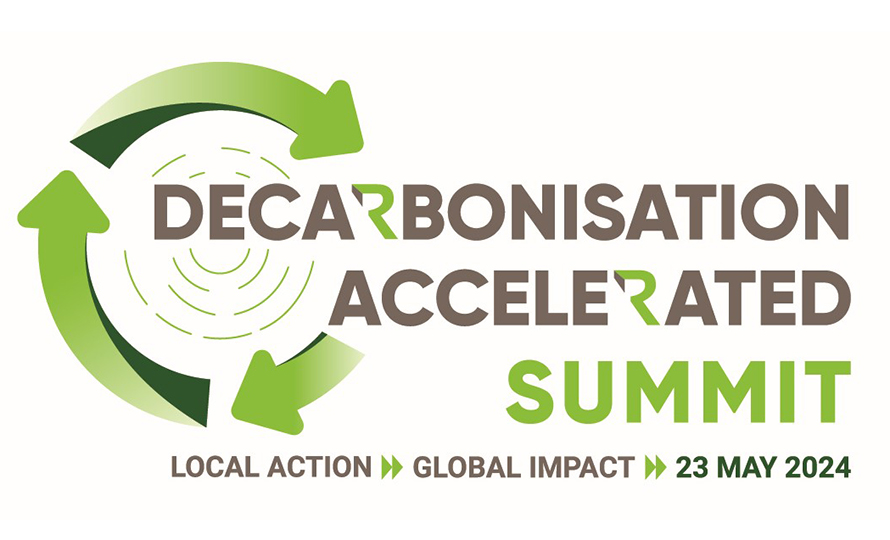
The Green Building Council of Australia has released a roadmap to decarbonise Australia’s precincts – setting a net zero goal for new precincts by 2030, and existing precincts by 2050.
GBCA senior manager of marketing engagement Nic Alsop said the roadmap highlights that the precincts being designed now will have carbon impacts for generations, so it is important the opportunities to reduce carbon are identified and acted on now.
Alsop added: “It’s becoming increasingly clear that low carbon precincts will be a powerful solution to decarbonising our economy.
“But we’re also excited by the other benefits that we see in sustainable precincts – they’re efficient, resilient, and tread lightly on the planet.
“They offer developers the opportunity to demonstrate their commitment to sustainability, responding to the growing call to action that we are seeing from investors, shareholders and consumers.”
The Climate Positive Roadmap for Precincts defines the steps that need to be taken by all stakeholders to achieve decarbonisation targets.
These include: embedding climate positive pathways into all stages of planning; committing to fossil-fuel-free precincts and ensure policy and planning processes support this ambition; and removing the barriers to low carbon precinct energy solutions.
Other steps are driving lower upfront carbon in materials and construction activity and committing to delivering low carbon buildings in all precincts.
Alsop continued: “We’ve seen some great examples of leaders in our sector already achieving these targets to drive carbon reductions in precincts that are now in operation and being enjoyed by communities.
“Our report highlights some of these precincts through case studies, and we’re really looking forward to continuing to add to this list as we see more sustainable precincts come to life.”












